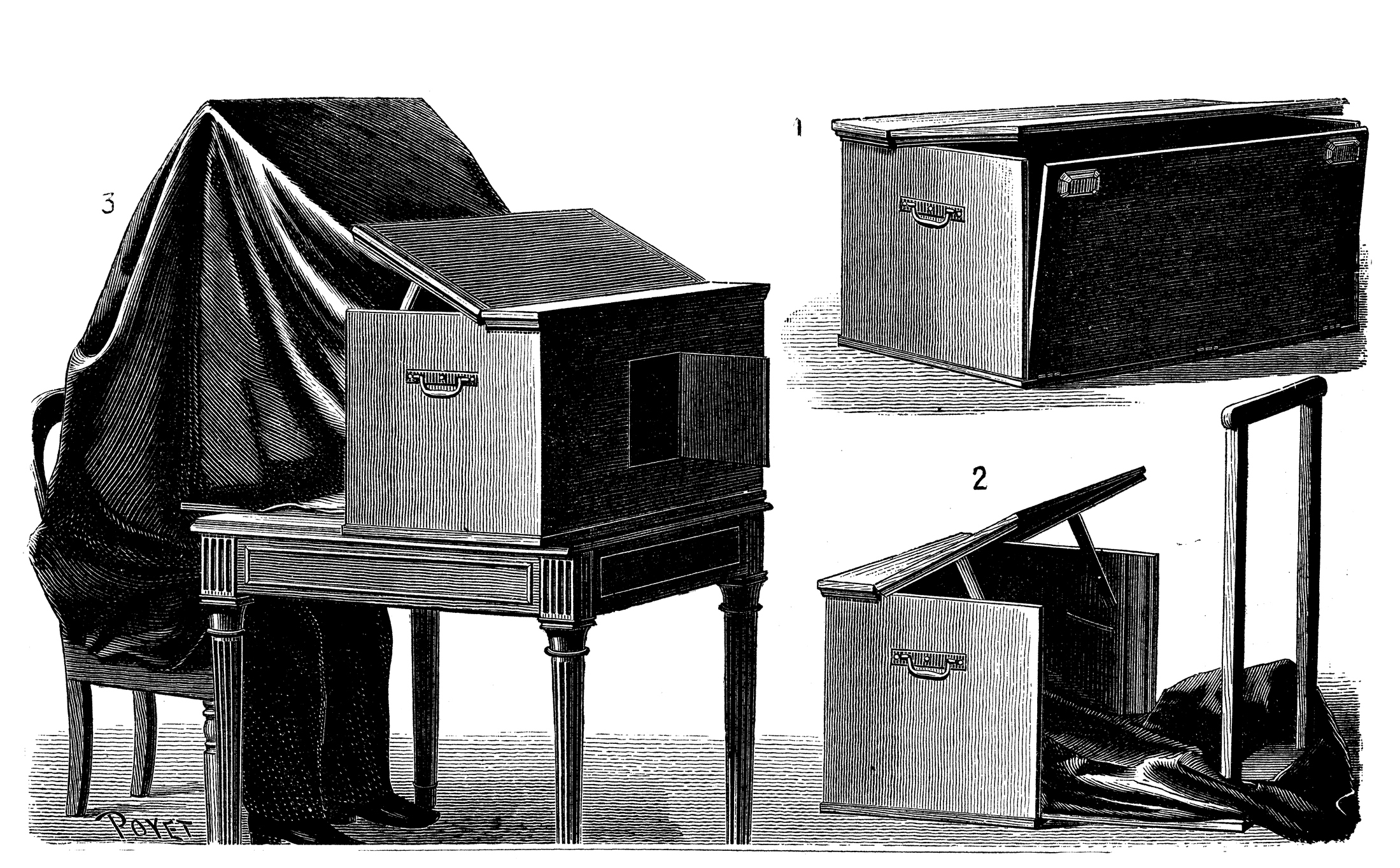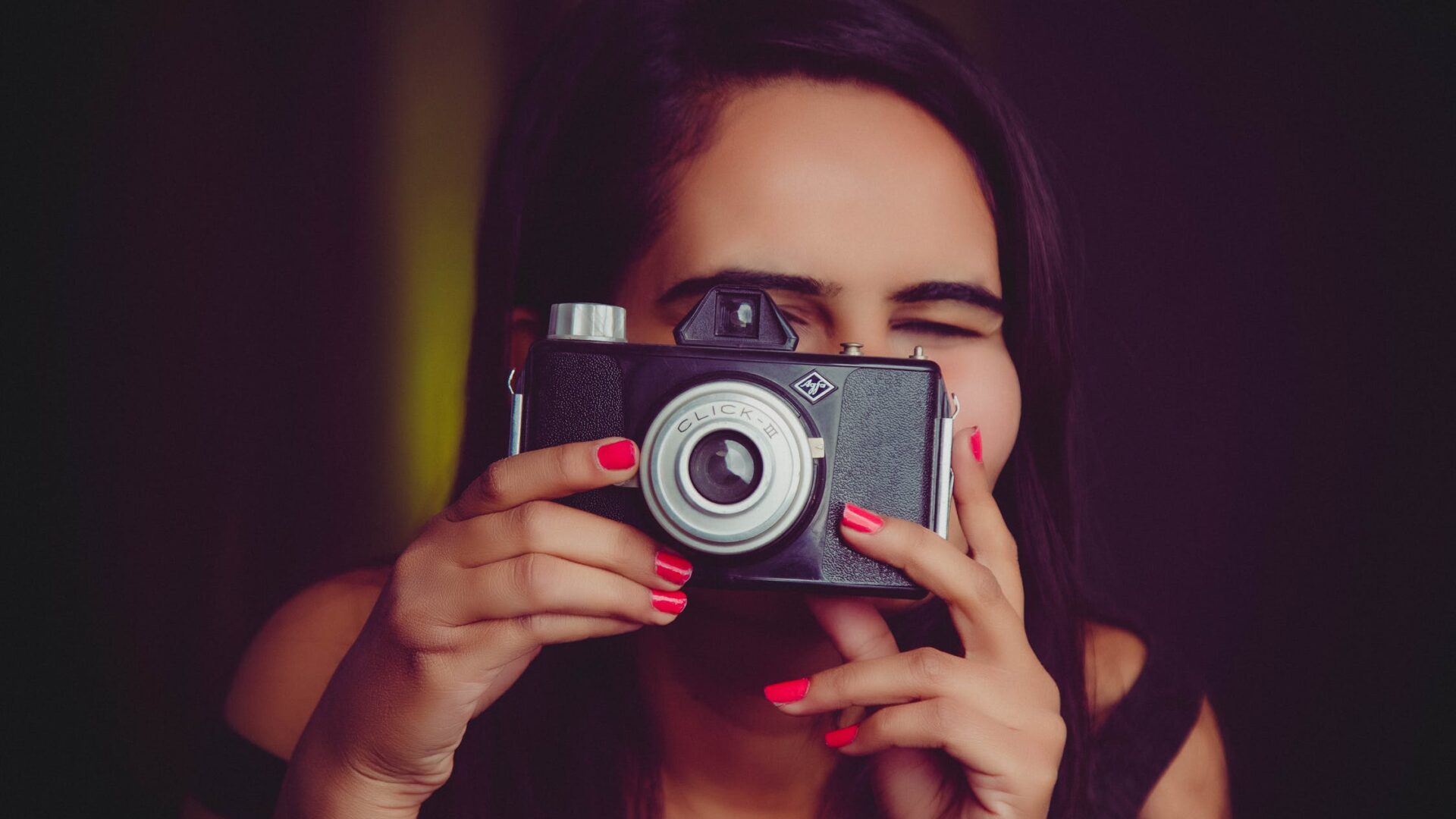Photography is an art form that emerged in the 1830s and became widely known a decade later. Today the hobby is one of the fastest growing, and the industry of photographic goods has a multi-billion dollar turnover. At the same time, not everyone knows the meaning of such words as “camera obscura” or even “shutter speed,” not many have heard of such names as Henri Cartier-Bresson or Annie Leibovitz.

What was before photography
Even before photography was invented, people were familiar with the principles on which it was eventually based. They could create images on a wall or a sheet of paper, but photoprinting was not possible at the time because preserving a light image proved to be more difficult than projecting it. The tool used to manipulate images was called the camera obscura (Latin for “dark room”), and it existed centuries before photography.
A camera obscura is essentially a dark, closed box with a hole in one of its walls. The hole must be small enough relative to the size of the box for the camera obscura to work properly. Its principle is based on the laws of optics: the light passing through the tiny hole is transformed and creates an image on the encountered surface, which is the wall of the box.
Today we can say that the camera obscura was the prototype of the modern camera. Even though it looks unnecessary today, many people still find it entertaining and use it for art purposes or just for fun. Installing film and capturing an image was a logical extension.
When was the first photograph taken?
The first photograph, as far as we know, was taken in 1825 by the French inventor Joseph Niepce. It depicts a view from a window in Le Gras. Due to the nature of the technology, the exposure lasted eight hours, so that the sun in the photograph had time to travel from east to west, illuminating both sides of the depicted building. Niepce came up with the idea of using a petroleum product called “Judean bitumen.” Bitumen hardens when exposed to light, and the uncured substance could then be washed away. Nieps used polished metal plates as the medium, and the negative image obtained on them could be covered with ink and printed as a lithograph. One of the many difficulties with this method was that the metal plates were heavy, expensive to produce, and time-consuming to polish thoroughly.
